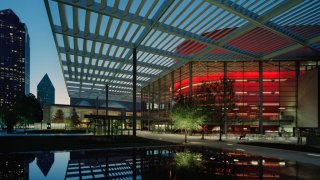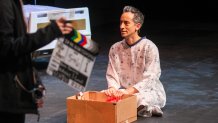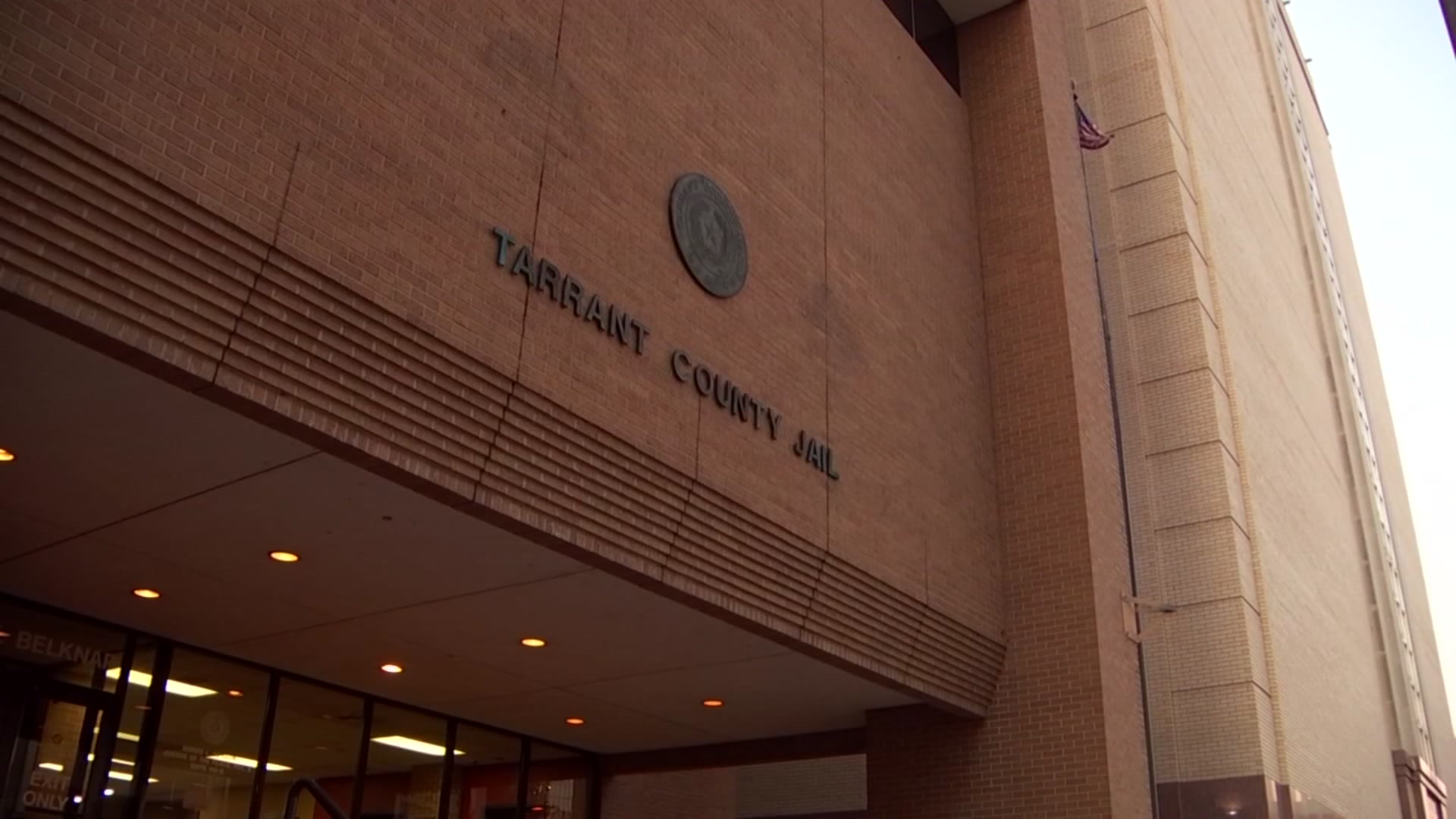
The widespread availability of a COVID-19 vaccine cannot come fast enough for the Dallas arts industry. According to the third survey of the industry conducted by The Arts Community Alliance (TACA), the Dallas Arts District, and the Dallas Area Cultural Advocacy Coalition (DACAC), Dallas arts organizations have suffered $95,545,710 in financial losses, including 3,145,209 in lost or deferred attendance, and more than 1,000 jobs lost.
The survey logged responses from 70 Dallas arts organizations and the results reflect the 8½ month-period from the initial shutdown, from March 13th through November 30th, 2020. “The impact of the pandemic on the arts in Dallas - financial, human and cultural - continues to be staggering,” Terry D. Loftis, president, and executive director of the arts funding organization TACA said. “We’re encouraged that our organizations are resilient and finding ways to engage the community. But these losses are not sustainable and no one is expecting a return to normal anytime soon.”
Although Texas Governor Greg Abbott released safety guidelines allowing museums and fine arts performance venues to reopen at significantly reduced capacity during the summer, closures and cancellations continued to accumulate throughout 2020. Museums, galleries, exhibitions remained closed 2,142 attendance days, 9,725 classes, programs and workshops were canceled and performing arts organizations canceled or deferred 2,088 performances.
Many performing arts organizations have had to cancel or push back entire seasons to the fall of 2021, or into 2022– which means losing almost two years’ worth of earned revenue. The Dallas Opera recently announced it would not produce full-scale productions until February 2022.

Fifteen arts and cultural facilities, both performing and visual arts, have reopened for live, in-person experiences at a reduced capacity. Forty of the respondents say that their traditional performance or exhibition space has not been able to reopen.
Twenty-seven organizations have resumed presenting live, in-person programming. Thirty-seven respondents are utilizing virtual platforms or streaming or are presenting their work in new and alternative spaces, including parking garages, warehouses, storefronts, churches, plazas, parks, and outdoor performance venues.
Local
The latest news from around North Texas.
The survey indicated several barriers to reopening. Arts organizations are primarily concerned about the safety of their audience and artists, noting several artists do not feel safe traveling and public perception.
“Many of our long-term patrons are 65+ and have firmly stated that they are not interested in attending a live choral performance before a vaccine is widely available,” wrote one respondent.
Some arts organizations fear they do not have the resources to create a safe environment. “I am the only staff in front-of-house,” a respondent said. “I cannot fathom how I would host, screen, take temperatures, enforce masking, enforce social distancing, clean, etc. in addition to normal [front-of-house] duties. I could cry just thinking about it.”
Union restrictions, financial feasibility due to reduced seating capacity and a lack of safe rehearsal and performing space were also cited as barriers to reopening.
Of the organizations who have been able to produce online or in-person, 39 responding groups said they have been able to generate revenue through ticket sales but at a reduced rate. Of the 70 respondents, 65 say they have been able to fundraise to help make ends meet, with 29 stating the amount is equal to or higher than normal levels.

Arts leaders credit the City of Dallas for its continuing support. “The fact that the City of Dallas was able to keep the funding for most organizations level with the prior year helps explain why most Dallas arts and cultural organizations have survived,” Joanna St. Angelo, Sammons Center for the Arts Executive Director, and president of DACAC, a grassroots arts advocacy group of 77 arts supporters, artists, and groups of all size and genre, said. “The next year will be a challenge, but we are fortunate our City leaders recognize the importance of the arts community to the economy, jobs, tourism and the quality of life in Dallas.”
With the future uncertain, arts institutions are trying to navigate how to staff the organizations. The second survey counted 1,219 full-time and part-time employees as furloughed or laid off through July 31, 2020. The data in the third survey provided inconclusive numbers on the current staff counts but indicate there may be some improvement. In the responses, 14 groups indicated that they have been able to bring 124 people back on their payrolls (94 part-time and 29 full-time), but at least 17 organizations said they converted their temporary furloughs into permanent layoffs.
For 28 groups, salary reductions were implemented in response to the pandemic with 16 of them cutting paychecks by 20% or higher, and eight groups cutting salaries over 40%. Just four of the 28 groups had returned salaries to normal levels by November 30. Two groups said they have had to reduce or eliminate previously offered health and/or retirement benefits.

Looking to the future, the arts industry realizes 2021 will present challenges, requiring innovation, patience, flexibility and generosity. “There is no question our arts community is creative, passionate and resilient, but limited resources only go so far,” Lily Weiss, executive director of the Dallas Arts District, said. “These are small businesses sustaining major revenue and job losses. I worry that many of our organizations are reaching a tipping point. This is going to be a very difficult year.”



